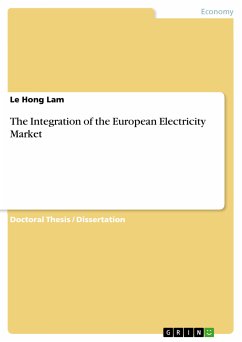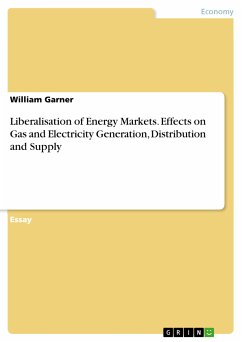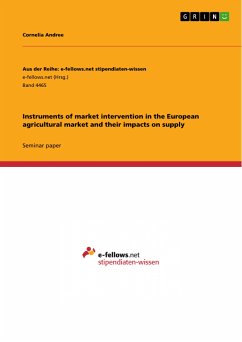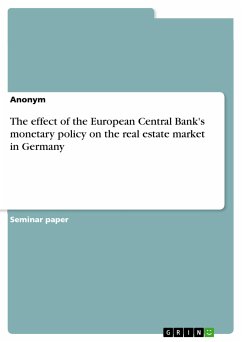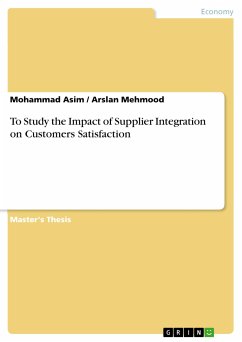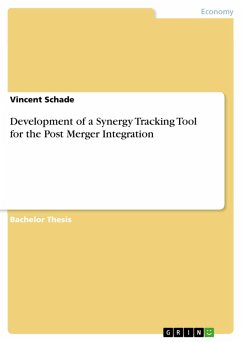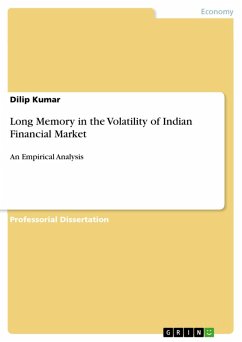Doctoral Thesis / Dissertation from the year 2017 in the subject Business economics - Trade and Distribution, grade: A, , language: English, abstract: The research will be presented in this book is mainly aiming to fill the above issues and put attention on the future of the European Electricity Market and focuses on the single Day-Ahead and Intra-Day Market. From the mathematic point of view, the implementation of the coupling DAM in Europe based on different market rules is very complex since all European PXs do not agree to adapt their specific rules to a common rule. Therefore, Pan-European Hybrid Electricity Market Integration Algorithm (EUPHEMIA) is an algorithm developed by Europe PXs to couple all different market rules and handle either standard and more sophisticated order types with all their requirements. However, the optimization methodology provided in EUPHEMIA is based on MIQCP methodology and the heuristic search procedure are limiting the efficiency of the coupling DAM since the time computation of this methodology is very expensive. In fact, the mitigation of the non-convexities introduced in the mathematical model by the market rules requires a large computation time. Therefore, the model has to stop before convergence to a feasible, free of nonconvexities, solution due to the official runtime limit of 10 minutes. This issue leads to the losses of SW and the unfairness for market players, thus it is necessary to understand clearly how the EUPHEMIA works since then proposing new techniques to thoroughly solve this problem. A similar project has been set up for the coupling of IDM in Europe, called XBID project. The XBID project is willing to boost this level of liquidity in order to guarantee for RES a better environment to develop. In particular, the main issue that must be faced to reach an integrated European IDM is the subdivision of the PXs in two distinct sets: those who have organized their IDM segment using a Continuous Trading mechanism and those who instead developed a system of Discrete Auction. These two solutions present different advantages and disadvantages which can be extremely summarized saying that the first solution brings to higher exchanged volumes and to trade closer to the actual delivering while the second maximizes the SW for a given set of orders. Hence, the single European IDM model is more difficult to develop than the single European DAM model since it requires the flexibility to be able to simulate the results of the European IDM under different possible design decisions about the integration of DA and CT mechanisms which have been not decided yet.
Dieser Download kann aus rechtlichen Gründen nur mit Rechnungsadresse in A, B, BG, CY, CZ, D, DK, EW, E, FIN, F, GR, HR, H, IRL, I, LT, L, LR, M, NL, PL, P, R, S, SLO, SK ausgeliefert werden.

